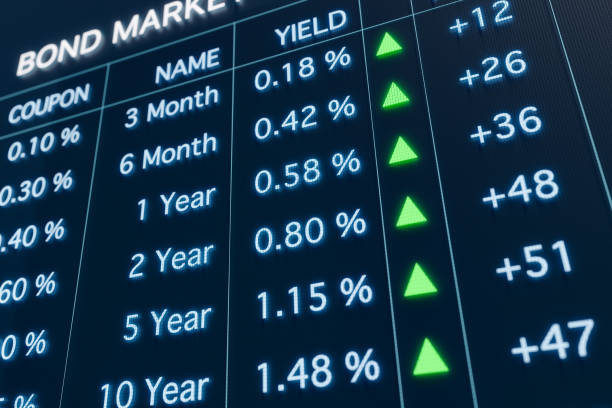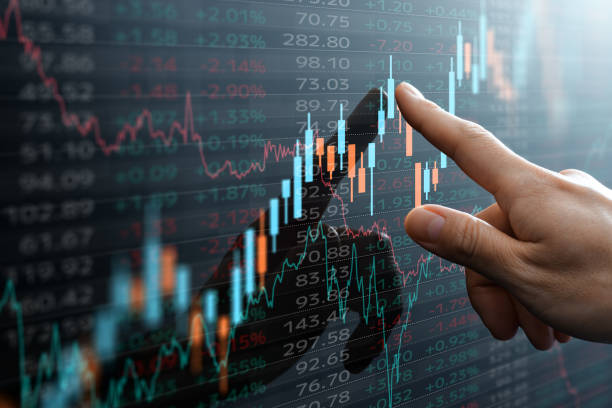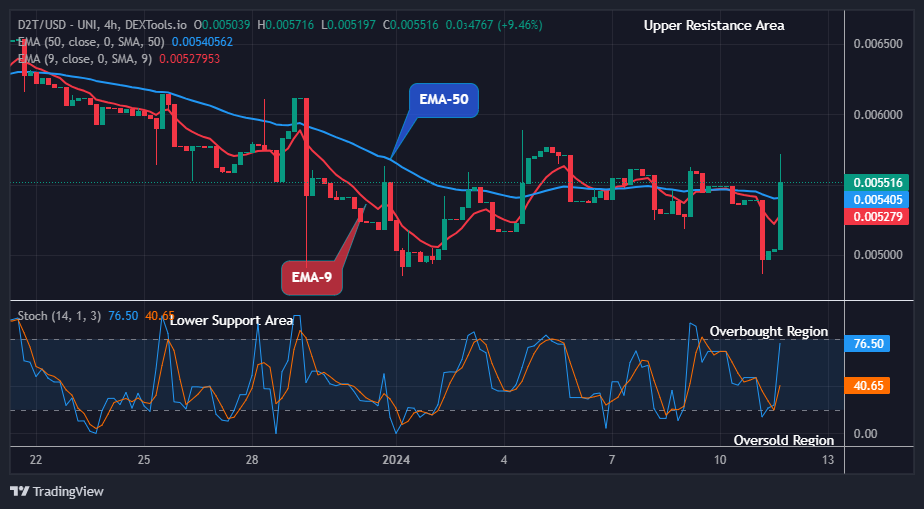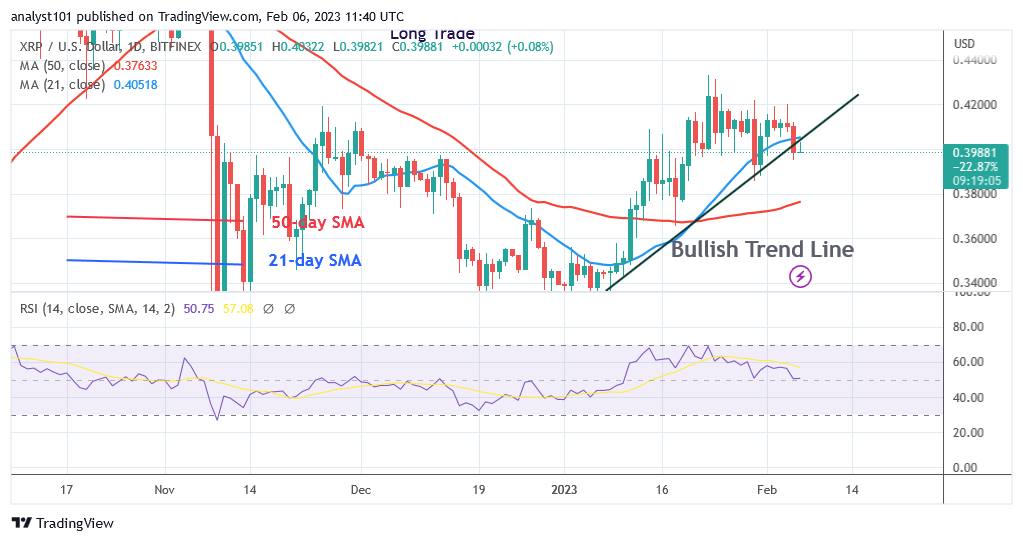Bonds or Crypto Staking: Which One Has Higher Yields?
Don’t invest unless you’re prepared to lose all the money you invest. This is a high-risk investment and you are unlikely to be protected if something goes wrong. Take 2 minutes to learn more

In the financial landscape of today, bonds and crypto staking may offer comparable annual yields, yet they diverge in terms of risk, security, and opportunities. Bonds are widely acknowledged for their safety, whereas crypto staking presents the allure of potentially greater returns but comes with heightened volatility. Achieving the optimal blend of these two investment avenues is essential for a diversified portfolio.
While bonds and crypto assets represent distinct asset classes, they currently deliver similar annual yields. Bond yields hinge on a multitude of factors, such as interest rates and credit ratings, while crypto staking entails the pursuit of rewards through network validation—a procedure laden with its own unique set of risks and considerations.
Understanding Yield in the Context of Investing
Yield holds a pivotal role in the realm of investments, denoting the income generated by an investment during a specified time frame. Experts quantify yield as a percentage, comparing an investment’s current market value to its original cost.
For instance:
- Stock Yield: Stock yield encompasses both price appreciation and dividends distributed. If an individual acquires a stock for $100 and later sells it for $120 while also receiving a $2 dividend, the yield would be 22%.
- Bond Yield: Bond yield varies and can take on different forms. Nominal yield, as found in Treasury bonds, is straightforward, such as a Treasury bond with a 5% annual interest rate on a face value of $1,000, resulting in a 5% yield. However, floating-interest rate bonds yield variable returns dependent on underlying interest rates. For example, a bond tied to the 10-year Treasury yield plus 2% would yield accordingly based on changing interest rates.
Cryptocurrency Staking: Higher Yield, Higher Volatility
Cryptocurrencies offer the potential for greater returns coupled with increased market fluctuations. This is primarily because cryptocurrency yields are a relatively recent development, frequently linked to decentralized finance (DeFi) platforms. Investors can generate yields in the world of cryptocurrencies by staking, participating in liquidity provision (yield farming), and employing other strategies. These yields represent rewards for contributing to network security or returns for supplying cryptocurrency liquidity.
Bonds and Bond Yield
A bond essentially functions as a loan, with an investor lending money to an entity, be it a government or a corporation, for a fixed duration. The yield, in simple terms, represents what the investor expects to earn from the bond until it matures.
Key factors to grasp about bond yields include:
- Coupon Yield or Coupon Rate: This signifies the annual interest rate that the bond pays, and it’s usually set when the bond is issued.
- Current Yield: This depends on the bond’s current market price and is calculated by dividing the coupon rate by the present market value.
- Yield to Maturity (YTM): YTM is a more comprehensive measure of a bond’s yield, factoring in the time value of money, the maturity value, and payment frequency.
For instance, if a bond has a face value of $1,000 and pays an annual coupon of $100, its coupon rate is 10%. If the bond’s face value increases to $1,038, the coupon rate would decrease to 9.6%.
Factors Influencing Bond Yield
- Interest Rates: Bond yields fluctuate in response to interest rate changes. When interest rates climb, existing bond prices fall, which elevates their yields, and conversely, when rates decrease, bond yields tend to decline.
- Credit Rating: Bonds receive ratings from recognized Securities and Exchange Commission (SEC) agencies, ranging from AAA (low risk) to D (high risk or junk bonds). This rating significantly impacts a bond’s yield, as higher-rated bonds typically offer lower yields due to their lower associated risk.
- Economic Environment: Broader economic conditions, such as overall economic health, inflation, and government monetary policies, exert considerable influence on bond yields.
What Crypto Yield and Staking all About
Crypto staking is a straightforward way to boost your cryptocurrency holdings. You lock your digital currency in a specific wallet for a set time, allowing the blockchain to use it for transaction validation and security. In return, you receive more cryptocurrency, creating passive income without trading or mining.
Staking is mainly linked to Proof of Stake (PoS) blockchains, like Ethereum. Users stake tokens to validate transactions and earn rewards, somewhat like earning interest on a fixed deposit but with higher risk and potential rewards.
Staking differs from yield farming, a DeFi method involving providing liquidity for decentralized platforms.
Staking rewards vary by blockchain, usually ranging from 4% to 20%, with Ethereum typically around 4-5.5%. Platforms like Lido offer “Liquid Staking” to explore yield farming without locking up your crypto.
Comparison Between Staking and Bonds
At present, bond yields are catching up with the yields offered by crypto staking. This alignment is partly attributed to central banks swiftly increasing interest rates to combat surging inflation, resulting in elevated bond yields. As a result, bonds from the US government and highly-rated corporations, boasting AAA ratings, now provide annual yields ranging from 4% to 5%.
- Risks:
- Bonds, especially government bonds, are historically safer than crypto staking due to their fixed-income nature.
- Crypto staking carries risks, primarily driven by the high volatility of digital assets. If the staked cryptocurrency’s value plummets, the yield may not offset the losses incurred.
- Security:
- Bonds are generally secure when handled through reputable brokerage firms.
- Crypto staking, despite blockchain’s security, often involves dealing with centralized third parties susceptible to hacking or fraud. Investor diligence is crucial when choosing a staking platform.
- Opportunities:
- Cryptostaking, while riskier, offers the potential for significantly higher returns. Volatility can work in your favor when the staked coin’s value increases.
- Many staking platforms offer substitute tokens, allowing investors to explore DeFi yield farming opportunities while their staked crypto remains locked, potentially amplifying returns on investment.




